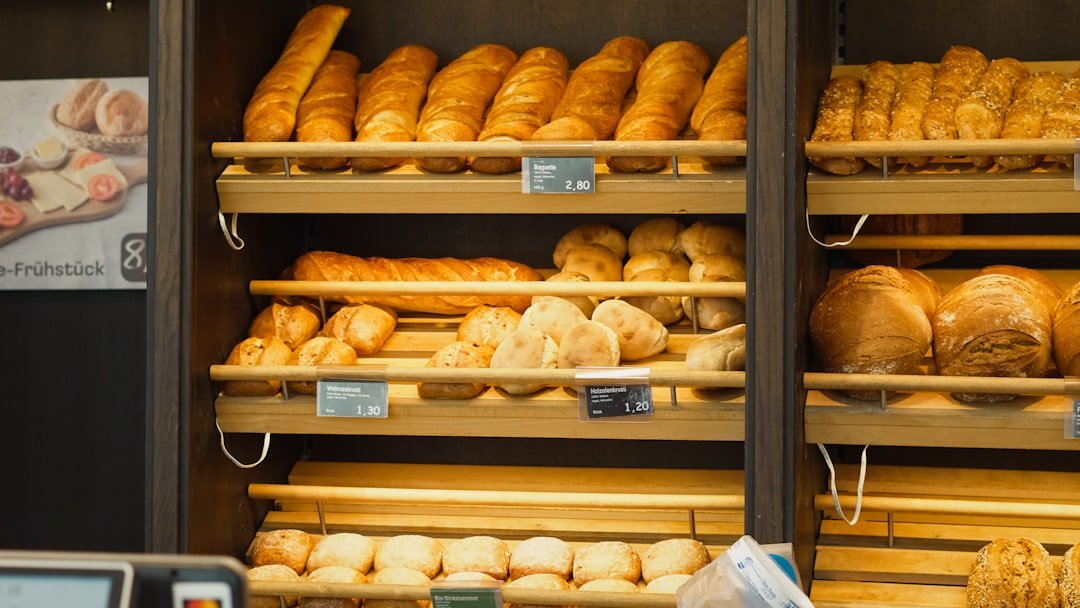
In earlier eras, households often crafted their own warm, flavorful loaves without relying on commercial bakeries. Today, amid our hectic lifestyles, many individuals have never attempted homemade bread due to the extensive time and effort involved. For those eager to explore this rewarding activity, check out resources like https://makebreadathome.com/ for additional insights and tips.
The truth is, homemade bread offers an unmatched freshness and quality. Fortunately, modern innovations have simplified the process significantly. A recent advancement, the automated bread maker, has transformed ordinary kitchens into efficient bakeries, allowing users to produce loaves at a mere fraction of store prices.
To embrace this convenient trend, we’ve compiled essential knowledge about bread makers and strategies for selecting the ideal model tailored to your preferences.
The Past Vs. The Future
Historically, bread production involved a series of demanding steps. It began by combining basic ingredients like flour, yeast, water, fat, sugar, and salt to form the dough. Next came the kneading stage, where the mixture needed thorough manipulation until it achieved a smooth, elastic texture.
Following that, the dough required time to rest and expand, typically one to two hours, as the yeast worked to create air pockets. Many experienced bakers advocate repeating the kneading and rising phases for a more uniform result. Finally, the dough was baked in an oven until it developed an appealing golden hue.
In contrast, contemporary electric bread makers handle all these tasks automatically. These devices function as specialized ovens with built-in pans that include a rotating mechanism for mixing and kneading, eliminating the physical labor and making the process far more accessible for everyday use.
Select the Right Kneading Paddles
Kneading paddles vary widely in design and dimensions, but most basic bread makers include at least one standard paddle. Experts often recommend opting for models with dual paddles, as this ensures a more thorough and even dough preparation, leading to better overall results. Some advanced units even feature attachments for tasks like pasta making.
That said, you don’t necessarily need a machine loaded with every possible feature. Instead, consider customizing your setup by purchasing additional dual paddles or separate trays for specialized items, which can enhance versatility without breaking the bank.
A key factor to evaluate is whether the paddles are removable. Non-removable paddles can leave unwanted gaps in your finished loaf, so prioritizing models with detachable options provides greater adaptability and a cleaner end product.
Programmable Options
When comparing bread makers, differences in price, capacity, and brand are relatively minor, so focusing on programmable features can be the deciding factor. These settings give you precise control over various aspects of the baking process.
For instance, you can adjust parameters to achieve the exact level of crust darkness or skip the kneading if you prefer to do it manually. Other controls might regulate the rising duration or proofing time, allowing for personalized outcomes.
High-end models often include pre-set programs for specialized breads, such as gluten-free varieties, whole grain options, or even sweet treats. If a machine doesn’t have your desired cycle, some allow full custom programming, offering ultimate flexibility based on emerging trends in home baking.
More Than Just Bread
If you’re seeking a versatile appliance, investing in one with expanded capabilities might justify the higher cost. Many bread makers excel at preparing various dough types beyond basic loaves.
By choosing a model with diverse functions, you can experiment with items like pizza bases, cakes, fresh noodles, or artisanal sourdough. This adaptability makes the device a multifunctional kitchen tool.
For those with dietary needs, such as gluten sensitivity, machines with dedicated settings for gluten-free baking can be a game-changer, potentially saving money over time compared to store-bought alternatives. Additionally, these appliances promote cost savings and ensure a steady supply of fresh bread, appealing to budget-conscious households.
